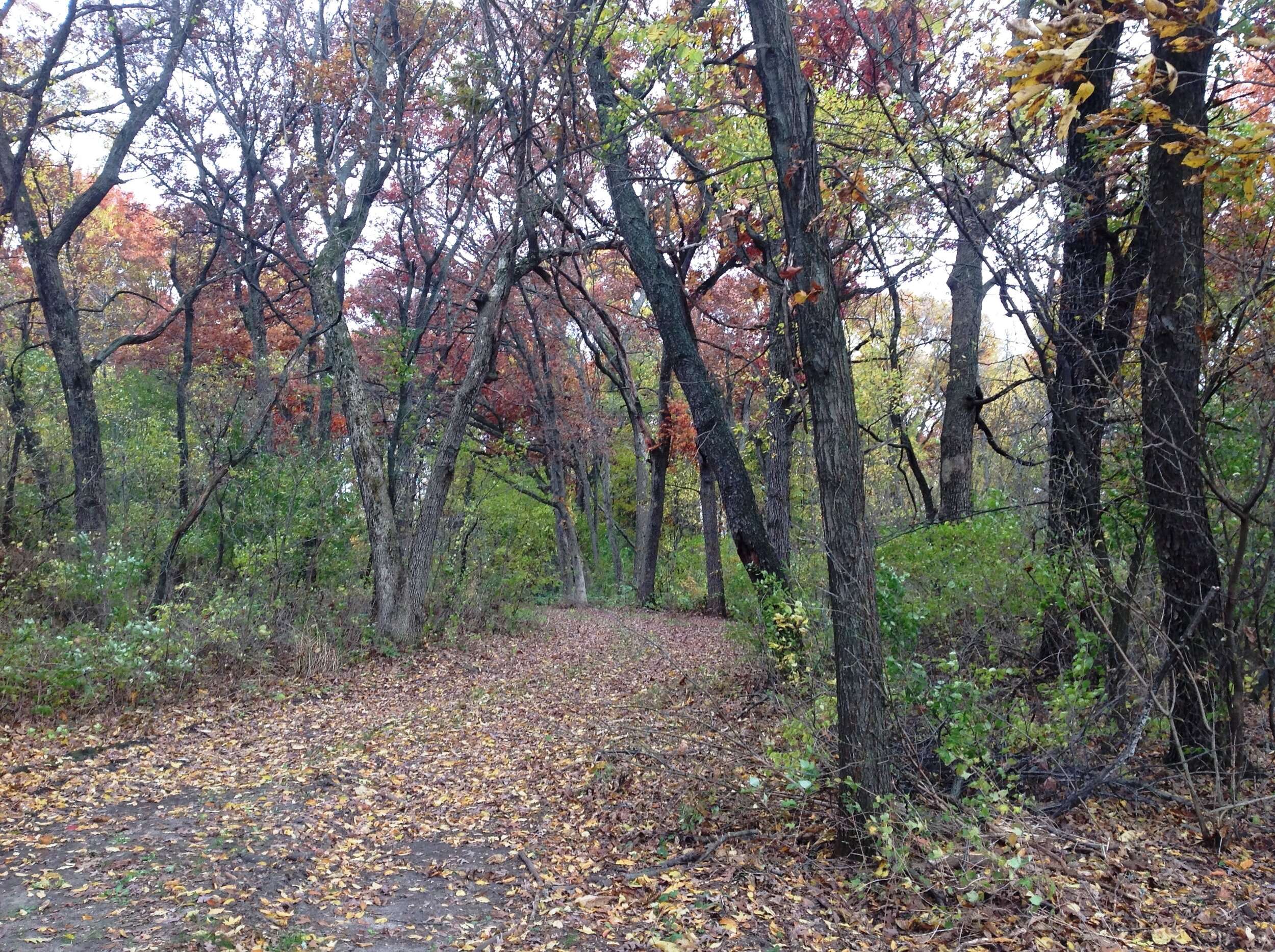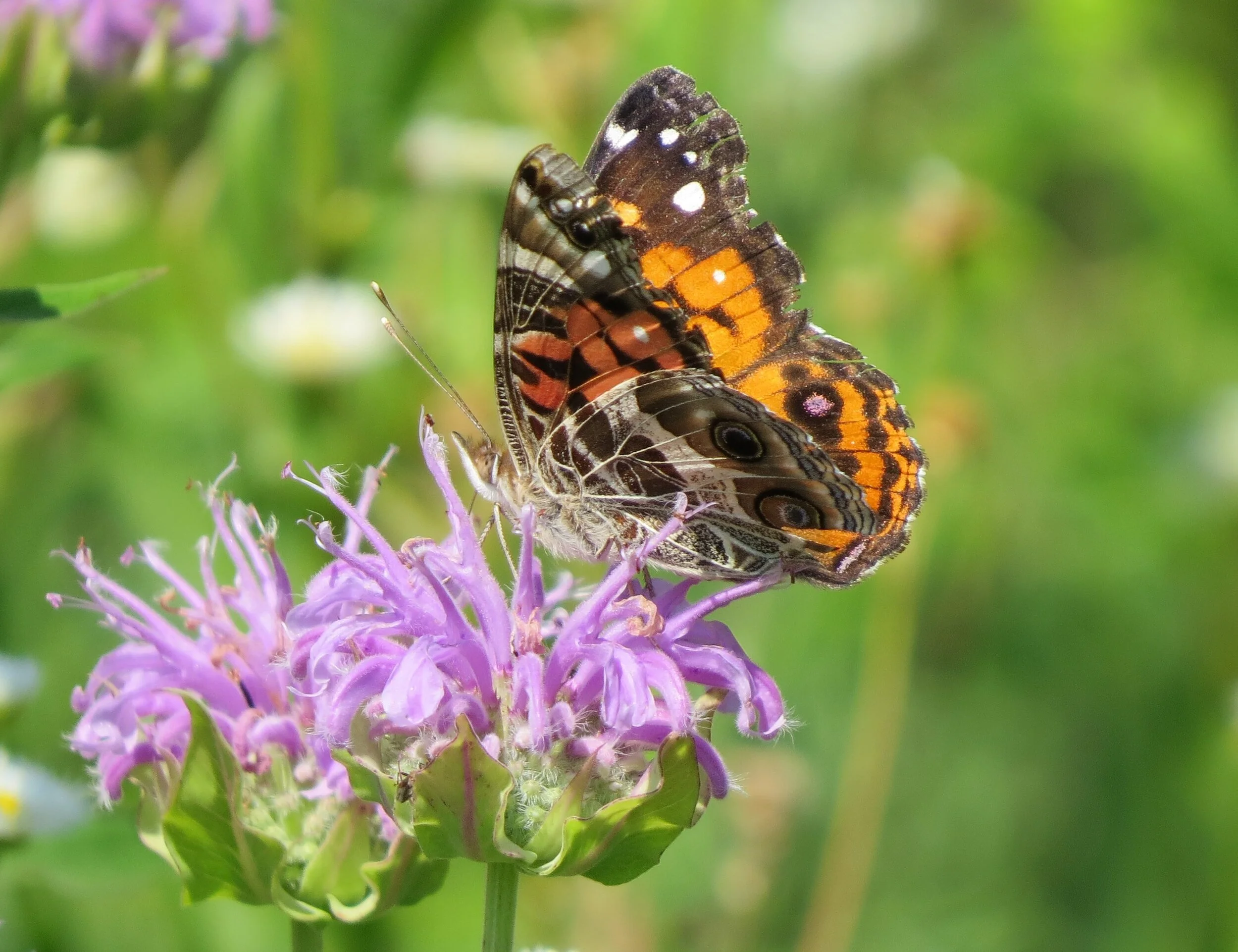The wood thrush, found in forest interior habitat, is a charismatic and captivating forest bird. Mornings met with a wood thrush’s cheery and mystical song make any birder feel familiar in that forested environment. With an impressive vocal repertoire, from its unforgettable “ee-o-lay” to its more obscure pit volleys, which are a sharp series of notes—when a wood thrush is in a woods and it’s singing, it’s unmistakable.
Over the past 50 years wood thrushes have experienced significant declines of at least 60% of their population. Some research shows that wood thrushes overwintering in drier Mexican forest fared worse on breeding grounds, due to the droughty conditions and apparent lack of food availability. When those birds returned to North America to breed, they were in rough shape and laid fewer eggs or couldn’t care for the eggs they did lay. While destruction and fragmentation of forests in Central America certainly doesn’t help wood thrushes, it’s been found recently that fragmentation in North America might be the leading cause of population declines. Wood thrushes need large mature forest in order to breed, while constant disturbance in these forests may not benefit wood thrushes.









